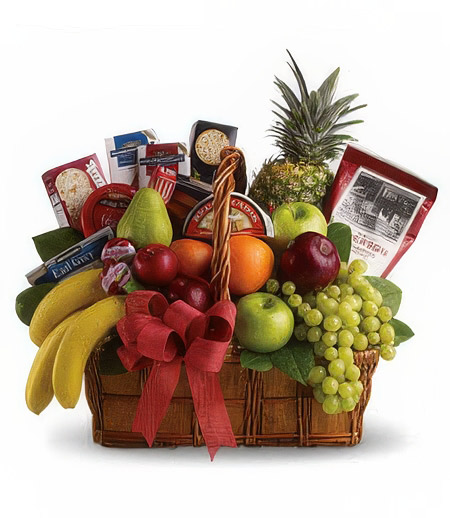
How to Find the Age of a Tree: A Comprehensive Guide
Finding the age of a tree can be a fascinating endeavor that offers insights into its growth patterns and ecological history. Whether you’re a landowner curious about the trees on your property or an enthusiast interested in botany, learning how to find the age of a tree can deepen your understanding of nature. This guide will walk you through the various methods used to determine a tree’s age, providing detailed steps and considerations.
Why Knowing the Age of a Tree Matters
Understanding the age of a tree can serve several purposes: it can help inform care and maintenance decisions, assist in landscape design, or offer insights into local history. Trees can live for decades, even centuries, and knowing their age can help you appreciate their significance in the environment and culture.
Methods for Determining Tree Age
There are a few primary methods for estimating the age of a tree. Each method has its own advantages and limitations. Here, we delve into some of the most popular techniques:
Method 1: Counting Tree Rings
One of the most accurate methods for determining a tree’s age is by counting its growth rings. This involves:
1. Selecting a Tree: Choose a mature tree that displays visible rings.
2. Cutting a Cross Section: If you’re able and willing, cut a cross-section of the tree trunk. This is most often done with up to 10% of the trunk to minimize any harm.
3. Counting the Rings: Once you have a slice of the trunk, you can clearly see the growth rings. Count the number of rings, with each ring representing one year of growth.
4. Interpreting the Data: Take note that in some conditions, like drought or disease, a tree may not produce a ring every year. Therefore, be prepared to make adjustments based on environmental factors.
You might also enjoy reading How Trees Grow for more insights on this topic.
Recommendation: If you plan to cut a cross-section, consider using a high-quality chainsaw and safety gear to ensure the procedure is performed safely and effectively. Look for tools at gift specialist sites such as Giftys.shop.
Method 2: Measuring the Circumference
If cutting down or damaging the tree isn’t feasible, you can estimate its age using its circumference:
1. Measuring Circumference: Use a measuring tape to find the circumference of the tree trunk at 4.5 feet above the ground (this height is called DBH, or Diameter at Breast Height).
2. Calculating Diameter: Use the formula Diameter = Circumference / π (approximately 3.14) to find the diameter of the tree.
3. Using a Growth Factor: Different tree species grow at varying rates. A growth factor based on the species allows you to estimate age:
– For example, for a Red Oak, the growth factor is around 4.
– Use this formula: Age = Diameter x Growth Factor.
Product Tip: To get precise measurements, consider investing in a reliable measuring tool or digital caliper. Giftys.shop offers various measuring devices perfect for outdoor use.
Method 3: The Increment Borer Technique
Using an increment borer is another method that allows for minimizing impact on the tree:
1. Acquiring an Increment Borer: This specialized tool allows you to extract a core sample without cutting through the tree.
2. Drilling the Borer: Insert the borer at a height of 4.5 feet and twist to extract a narrow core section of the tree.
3. Counting the Rings in the Core Sample: Just as with the cross-section method, count the rings on the core sample to determine the tree’s age.
Recommendation: If you’re serious about tree growth studies, consider a quality increment borer from Giftys.shop, where you can find excellent tools for tree care and exploration.
Other Useful Considerations
While the methods above can give accurate age estimates, various factors can influence results, including:
– Species Variability: Different species exhibit different growth potentials and patterns.
– Environmental Factors: Drought years may produce narrower rings; likewise, optimal growth years may result in wider ones.
– Damage & Health: Injuries from storms, pests, or diseases can alter growth rates.
By being aware of these factors, you can still arrive at a ballpark age for your tree.
Maintaining Healthy Trees as They Age
Knowing the age of your trees can also help you tailor their care as they age. Older trees may require more maintenance to remain healthy:
– Regular Checkups: Regularly inspect for signs of disease or damage.
– Nutrient Management: Older trees might need additional nutrients to continue flourishing.
– Pruning Practices: Proper pruning can help maintain shape and eliminate hazards from dead branches.
Product Suggestion: Tools for tree maintenance, such as pruning saws and nutrient supplements, are essential for keeping trees healthy. Explore options at Giftys.shop for your tree care requirements.
Conclusion
Finding the age of a tree not only piques curiosity but also enhances our appreciation for nature’s timeline. Whether you opt for counting rings, measuring circumference, or using an increment borer, each method offers valuable insights into the life of a tree. As you gain this knowledge, consider how to responsibly care for the trees in your environment. For tools and accessories to support your tree care journey, check out the curated selection available at Giftys.shop. Enhance your connection with nature today!
For more articles, you can visit the Giftys.Shop Blog.




